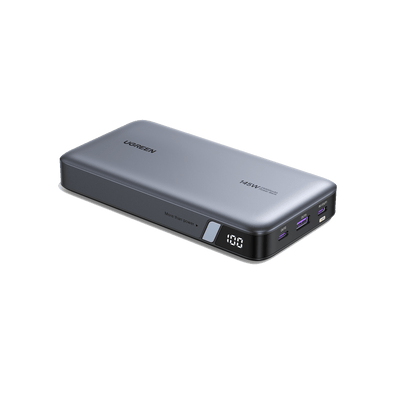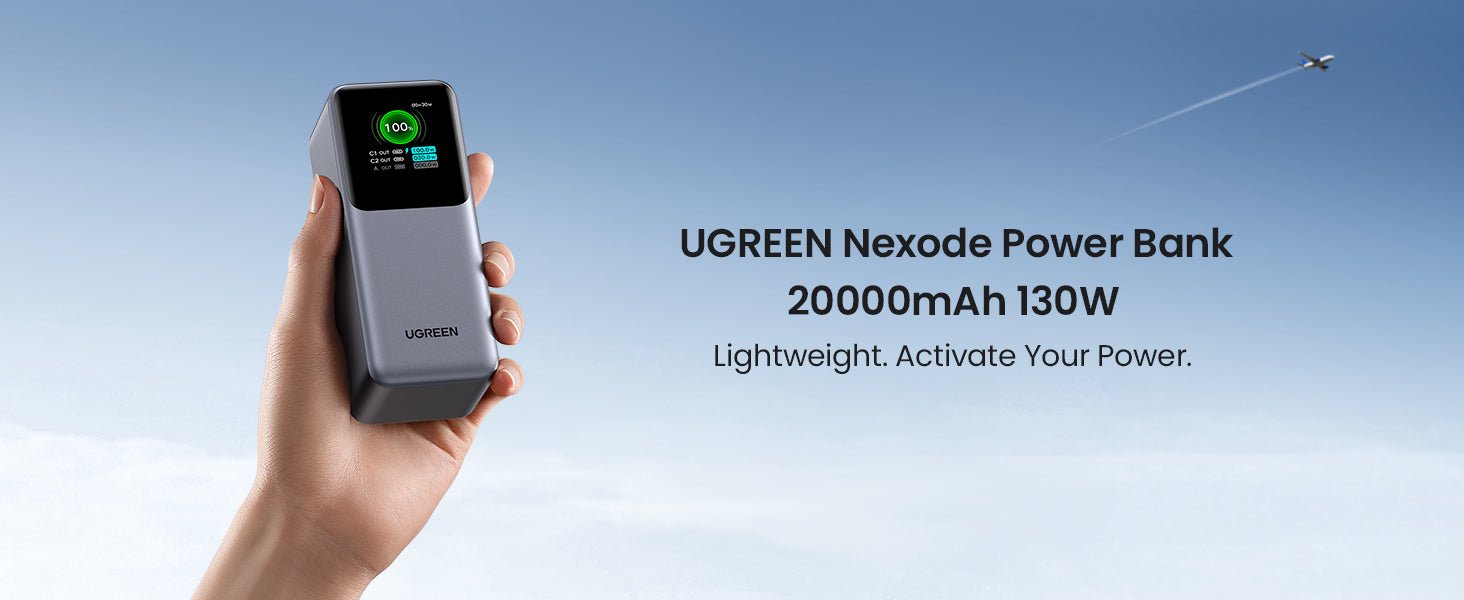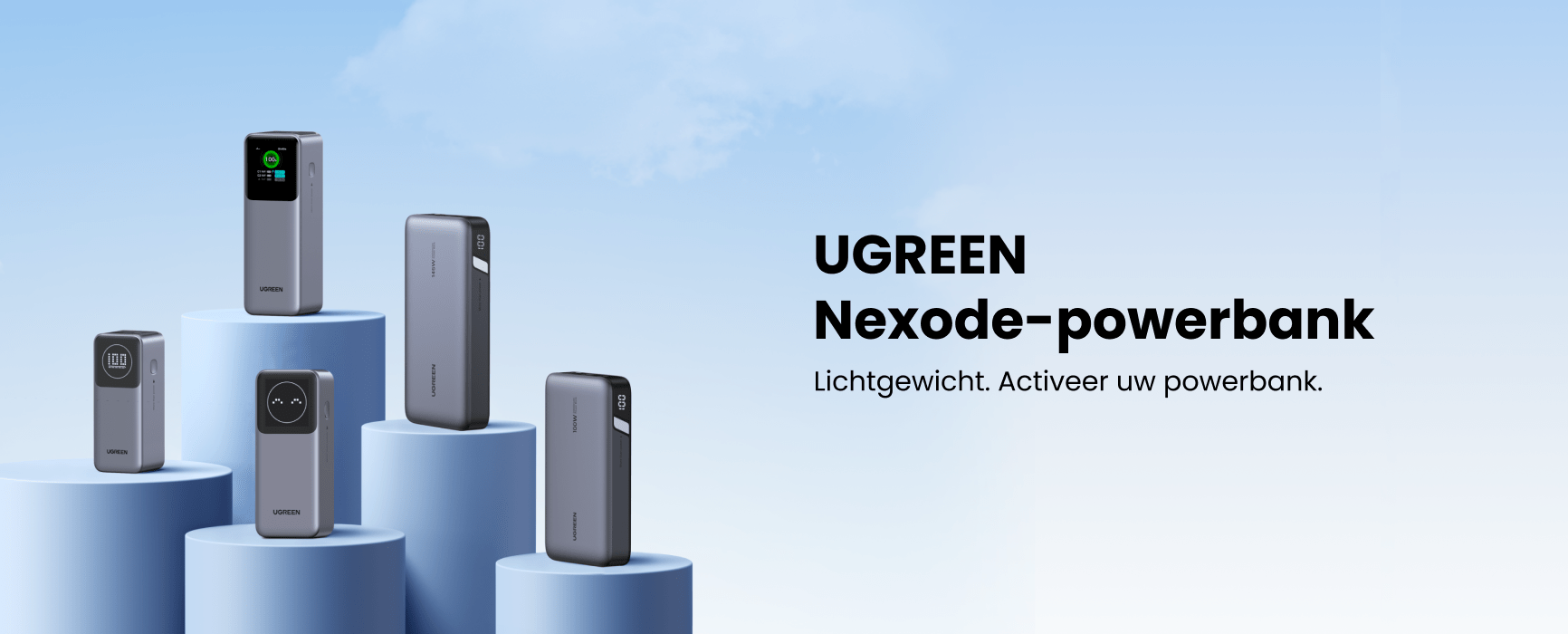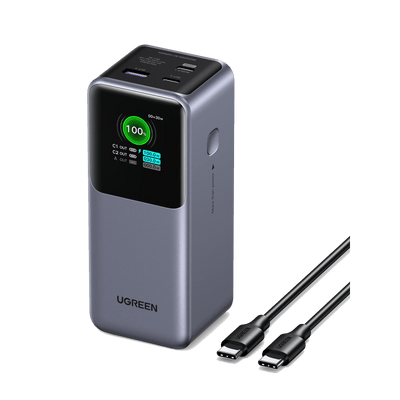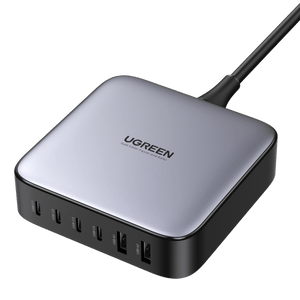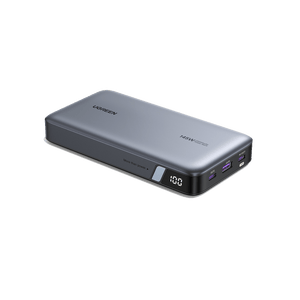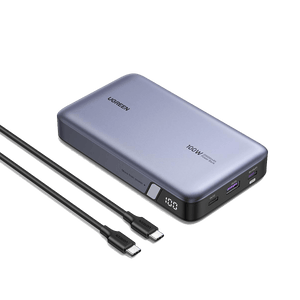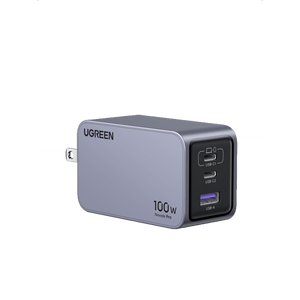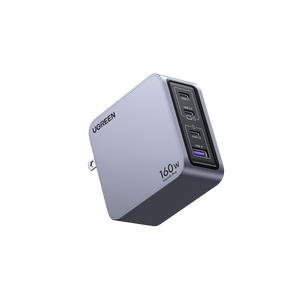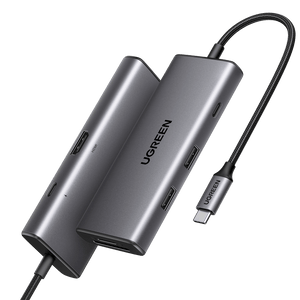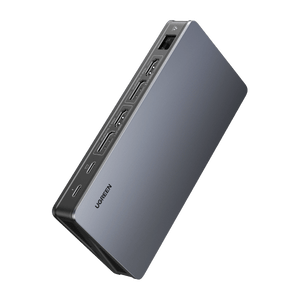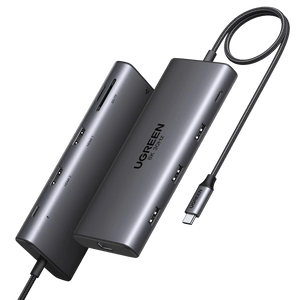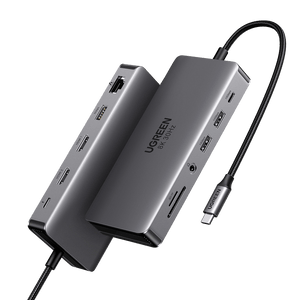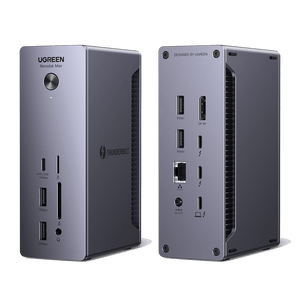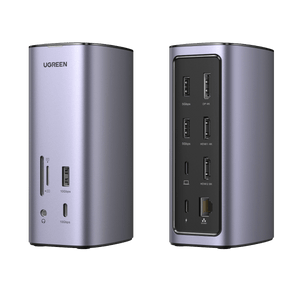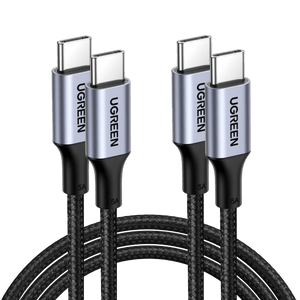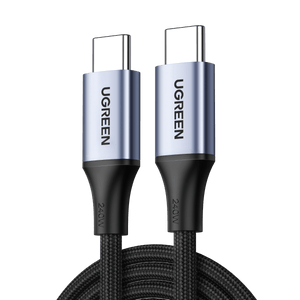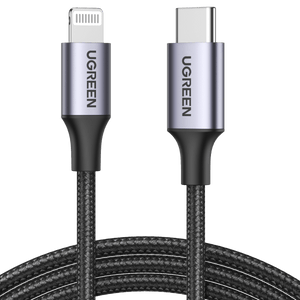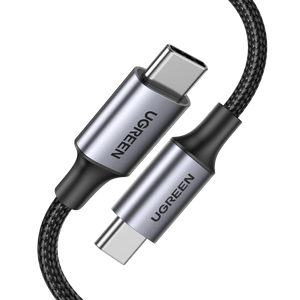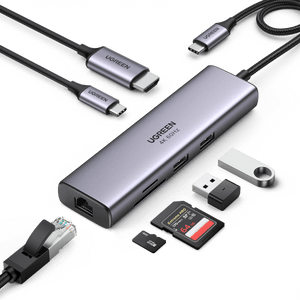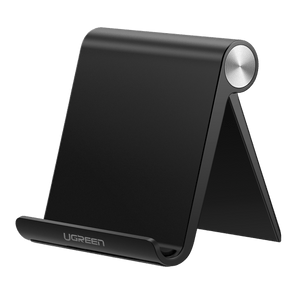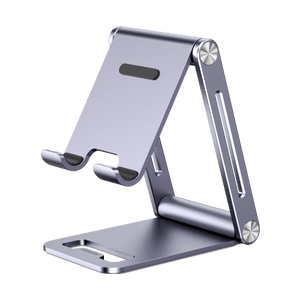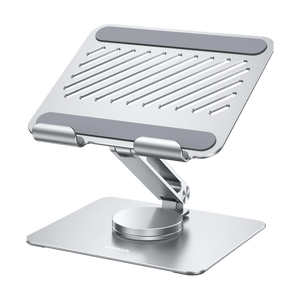Power Bank Safety: What You Need to Know
As we previously discussed the topic of whether a power bank consumes energy when not in use, today we bring a new topic for discussion: recommendations on the safe use of power banks.

Key Takeaways
-
Battery Type: Lithium-ion (Li-ion) batteries are generally safer than lithium-polymer (Li-poly), which can be prone to bulging and leakage under high heat.
-
Overcharge Protection: Ensure your power bank has overcharge protection to prevent thermal runaway, which can lead to fires or explosions.
-
Certifications Matter: Always choose certified power banks (UL, CE, FCC) to guarantee they meet safety standards and include necessary protective features.
-
Avoid Overheating: Never charge your power bank in enclosed spaces or near flammable materials, and monitor its temperature during use.
-
Use Compatible Cables: Always use the original or recommended cables and adapters to prevent short circuits and electrical hazards.
Understanding Power Bank Basics
How Power Banks Work
A typical power bank consists of several key components:
- Battery Cells: These are the heart of the power bank, storing electrical energy. Common types include lithium-ion (Li-ion) and lithium-polymer (Li-poly) batteries.
- Charging Circuit: This circuit manages the flow of energy into the battery cells during charging.
- Output Ports: These are the USB ports or other connectors through which the power bank supplies energy to devices.
- Protection Circuits: These circuits protect the power bank from overcharging, over-discharging, short circuits, and other potential hazards.
Power banks have revolutionized the way we keep our devices charged on the go. They offer a convenient solution for travelers, commuters, and anyone who needs to keep their devices powered up throughout the day. However, this convenience comes with potential risks if the power bank is not used properly. Improper use can lead to overheating, fires, or other safety hazards.

Different Types of Power Banks
When choosing a power bank, it’s important to understand the differences between lithium-ion (Li-ion) and lithium-polymer (Li-poly) batteries.
| Feature | Lithium-Ion (Li-ion) | Lithium-Polymer (Li-poly) |
|---|---|---|
| Safety Profile | Explosion-proof valve setting, high-temperature resistance, relatively safe. | High temperatures can easily cause bulges and leakage of liquid. Not as safe as lithium-ion. |
| Design | Standardized, rigid design. | Flexible, adaptable design. |
| Cost | Generally cheaper. | More expensive. |
Power banks made with different types of batteries have varying lifespans, which is one of the "9 factors affecting portable charger lifespan" we discussed earlier.
Common Power Bank Hazards
Danger of charging a power bank while using it
It's best to avoid using a power bank while it's charging. Simultaneously charging and discharging can lead to overheating, which may damage the internal components or charging port.
Overheating and Why it Happens
Overheating in power banks can occur due to several reasons. These include overcharging the battery, storing the power bank in high-temperature environments, using chargers that are not compatible with the power bank, and manufacturing defects that compromise the battery’s integrity.
Case stress tests and vibration tests are often conducted to simulate real-world conditions that could lead to overheating. In these tests, power banks are subjected to extreme temperatures and physical stress to see how they perform. These tests help identify potential weaknesses in the design or manufacturing process.

Risks of Overcharging Devices
When a lithium-ion or lithium-polymer battery is overcharged, the chemical reaction within the battery can become unstable. This instability can cause the battery temperature to increase rapidly, a condition known as thermal runaway. Thermal runaway can lead to a fire or explosion because the high temperature accelerates further chemical reactions, creating a self-sustaining cycle of heat generation.
The consequences of thermal runaway can be catastrophic. It can result in fires, explosions, or severe damage to the power bank and surrounding devices. Therefore, it is crucial to have overcharge protection circuits in place to prevent such incidents. I highly recommend the UGREEN 20,000mAh 130W power bank. It has a smart TFT display that shows the battery status in real time for added safety.
{{UGPRODUCT}}
Dangers of Using Uncertified Power Banks
There have been numerous incidents where uncertified power banks have caused serious safety issues. For instance, an unbranded power bank was tested and found to have bloated and bent its aluminum casing due to poor quality control and lack of safety features. Such incidents underscore the importance of using certified power banks.
Uncertified power banks often lack the necessary safety features, such as overcharge protection, short-circuit prevention, and proper insulation. This increases the risk of overheating, fires, and other safety hazards. Always look for certifications like UL, CE, or FCC when purchasing a power bank to ensure it meets safety standards.
Rick of charging overnight
With advancements in technology, power banks can now be safely charged overnight via a USB connection or wall outlet. The built-in safety features ensure you don't have to worry about overcharging or undercharging.
Safety Features to Look For
Overcharge Protection
Overcharge protection is a critical safety feature in power banks that prevents the battery from being charged beyond its safe capacity. This circuit monitors the battery’s charge level and automatically stops the charging process once the battery is fully charged. This prevents overheating, battery damage, and the risk of thermal runaway.
Many reputable power banks, such as those from UGREEN power banks, include overcharge protection. The UL 2056 standard, which is a safety standard for battery-powered products, includes tests for overcharge protection to ensure that power banks can safely handle charging without risking overheating or other hazards.

Short-Circuit Prevention
Short-circuit protection in power banks is designed to prevent electrical shorts that can cause fires or explosions. This is typically achieved through the use of fuses or circuit breakers that interrupt the electrical flow if a short circuit is detected. These mechanisms ensure that the power bank does not continue to supply power in the event of a short circuit.
It is crucial to keep power banks away from metal objects such as keys, coins, or other metallic items to prevent accidental short circuits. When a power bank comes into contact with metal objects, it can create an unintended electrical path, leading to a short circuit. This can cause the power bank to overheat, catch fire, or explode.
Certifications
- UL (Underwriters Laboratories) Certification: This certification ensures that the power bank meets specific safety standards for battery-powered products, including tests for overcharge protection, short-circuit prevention, and thermal performance.
- CE (Conformité Européene) Certification: This certification indicates that the power bank complies with the health, safety, and environmental protection standards for products sold within the European Economic Area.
- FCC (Federal Communications Commission) Certification: This certification ensures that the power bank complies with the electromagnetic compatibility and radio frequency interference standards set by the FCC, which is crucial for preventing interference with other electronic devices.
By looking for these certifications and ensuring your power bank has overcharge protection and short-circuit prevention, you can significantly reduce the risk of safety hazards associated with power bank use.
Tips for Safe Usage
Proper Charging Practices
Always follow the manufacturer’s guidelines for charging times. Overcharging can lead to overheating, battery damage, and other safety hazards. Check the user manual or the power bank’s packaging for specific charging time recommendations.
Avoid leaving your power bank on charge for prolonged periods. Once the power bank is fully charged, unplug it from the power source to prevent overcharging.
Here are some safe charging practices to follow:
- Charge your power bank in a well-ventilated area.
- Avoid charging your power bank in enclosed spaces or under pillows and blankets.
- Do not charge your power bank near flammable materials.
- Use the original charger or a compatible charger recommended by the manufacturer.
- Monitor the power bank’s temperature during charging; if it becomes excessively hot, unplug it immediately.
Storage Recommendations
Store your power bank in a cool, dry place away from direct sunlight, heaters, or other heat sources. High temperatures can cause the battery to degrade faster and increase the risk of overheating.
- Avoid leaving your power bank in cars parked under the sun.
- Before storing your power bank, inspect it for any signs of damage, such as leakage, strange odors, or physical deformation. Do not store a damaged power bank.
Using Compatible Cables and Adapters
Using compatible cables and adapters is crucial to avoid electrical hazards such as short circuits, overcharging, or damage to your devices. Always use the cables and adapters provided by the manufacturer or those specifically recommended.
Here are some examples of compatible cables and adapters:
- USB-C cables for power banks with USB-C ports.
- Micro-USB cables for power banks with micro-USB ports.
- Quick Charge cables for power banks that support Quick Charge technology.
- Avoid using damaged or frayed cables, as they can cause electrical hazards.
By following these tips, you can significantly reduce the risk of safety hazards associated with power bank use and ensure your devices are charged safely and efficiently.

Conclusion
Power bank safety is crucial to prevent hazards such as overheating, overcharging, and the use of uncertified devices. Key safety features like overcharge protection, short-circuit prevention, and certifications play a vital role in ensuring safe usage. Following proper charging practices, storing power banks correctly, and using compatible cables and adapters can further enhance safety and efficiency. Prioritizing these measures helps reduce risks and ensures reliable device charging.

